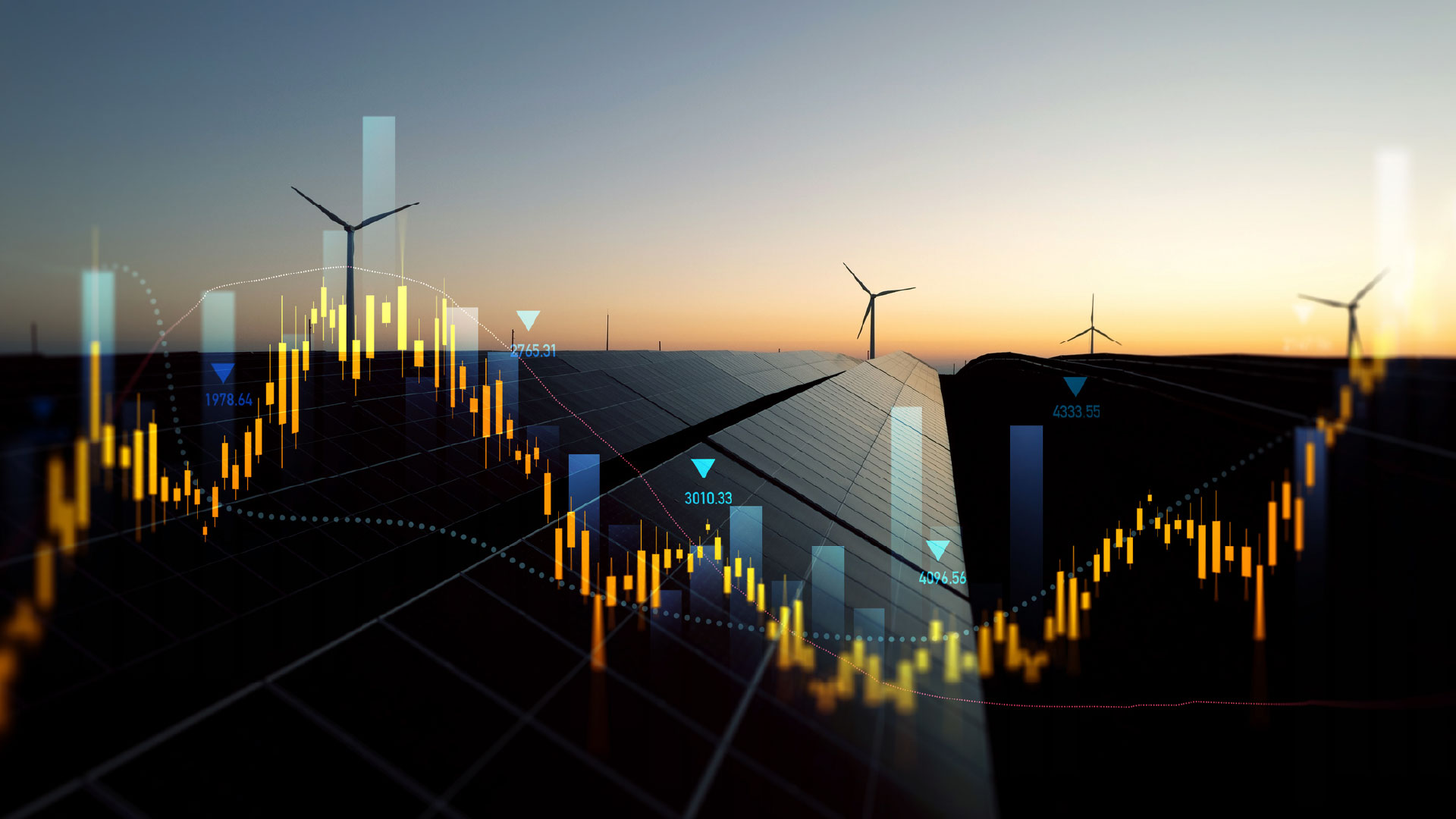From Back-Office Function To Boardroom-Level Imperative: Energy Management Is Now A Strategic Objective
In today’s energy landscape, corporate decision-makers are rethinking energy generation, procurement and usage. This shift is being driven by four powerful and interconnected forces:
- Energy costs are rising and becoming increasingly unpredictable. Firms can no longer rely on stable pricing models to forecast expenses, making proactive energy strategies essential.
- The growing frequency of extreme weather events and grid instability has highlighted the need for greater energy resilience. Blackouts and power disruptions – such as the outages in Spain and Portugal – pose serious risks to operations, prompting firms to seek more robust, adaptive energy systems.
- Mounting pressure to meet sustainability targets. Investors, regulators and customers are demanding measurable progress toward decarbonization and responsible resource use.
- Energy markets themselves are undergoing a profound transformation. Decentralization, digitization and new regulatory frameworks are shifting how energy is produced, traded and consumed.
To navigate this evolving environment, organizations are adopting a comprehensive energy management framework built around three functional pillars: energy use and operations, energy procurement and supply, and energy generation. This holistic approach allows firms to optimize the full energy life cycle:
- Energy use and operations focuses on how energy is consumed within facilities and processes, identifying inefficiencies and driving operational improvements.
- Energy procurement and supply addresses how organizations source energy, whether from utilities, brokers or through long-term contracts like power purchase agreements.
- Energy generation is an increasingly important pillar, as more firms invest in on-site renewable energy systems like solar panels, battery energy storage systems and microgrids.
Technology is accelerating this transformation. Advanced AI-driven analytics, powered by real-time IoT data, offer insights into energy consumption patterns and optimization opportunities, allowing organizations to move from reactive to predictive energy strategies.
At the same time, the boundary between energy consumer and producer is blurring. Many organizations are becoming prosumers, generating energy on-site and selling excess power back to the grid or participating in demand response markets. This dynamic interaction with the grid not only enhances resilience but also creates new revenue streams.
In an era defined by uncertainty and transformation, energy management is no longer a back-office function, it’s a boardroom-level imperative. Firms that embrace this integrated, data-driven approach will be better positioned to control costs, ensure operational continuity and achieve long-term sustainability goals. To learn more, see Verdantix Market Trends: Commercial And Industrial Energy Management.
About The Author

Gus Brewer
Analyst



